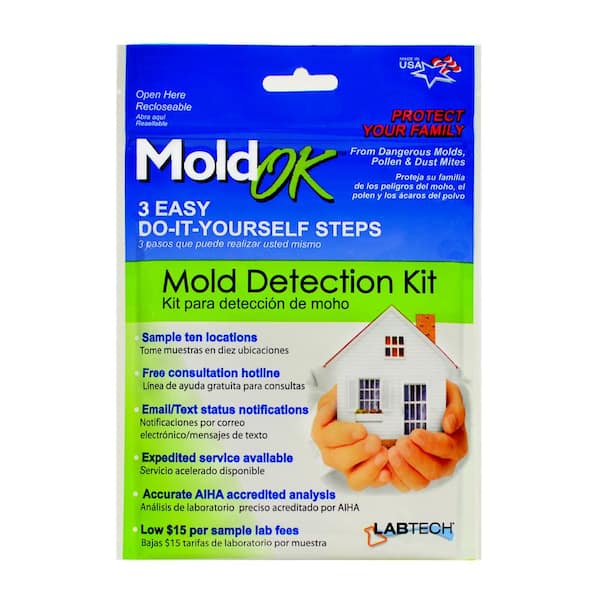Mycotoxin testing Services: Making sure Quality and Security in Your Supply Chain
Mycotoxin testing Services: Making sure Quality and Security in Your Supply Chain
Blog Article
The Necessity of Mycotoxin Evaluating in Agricultural Products to Guarantee Consumer Security
The necessity of mycotoxin testing in farming items is a vital element of public health and security that necessitates comprehensive evaluation. Mycotoxins, hazardous compounds created by specific fungi, can penetrate numerous plants, leading to significant health and wellness threats for consumers, such as carcinogenic impacts and body organ damages.
Understanding Mycotoxins
Mycotoxins, harmful additional metabolites generated by particular fungis, provide a substantial risk to agricultural products and human health. These compounds are generated by different types of molds, such as Aspergillus, Fusarium, and Penicillium, which can infect crops both pre- and post-harvest - Mycotoxin testing Services. The most common mycotoxins include aflatoxins, ochratoxin A, fumonisins, zearalenone, and deoxynivalenol (DON)
Mycotoxin contamination can occur under specific environmental problems, such as high moisture and temperature, which favor the growth of mold and mildew. Agricultural items like cereals, nuts, flavors, dried fruits, and coffee are particularly at risk. The visibility of mycotoxins in these products can cause considerable financial losses because of decreased crop yields and the need for extensive testing and decontamination procedures.
Comprehending the biochemical nature and formation of mycotoxins is vital for developing effective reduction approaches. Study has actually revealed that mycotoxins exhibit a range of chemical frameworks and residential or commercial properties, making discovery and removal tough. Advanced logical methods, including chromatography and mass spectrometry, are used to identify and quantify mycotoxins in farming items, ensuring that contamination degrees continue to be within secure limits established by regulative bodies.
Health And Wellness Risks of Mycotoxins
Provided the substantial threats associated with mycotoxins in agricultural products, recognizing their influence on health is critical. Mycotoxins, hazardous second metabolites generated by fungis, pose severe risks to both human and animal health and wellness.
Severe mycotoxin poisoning, although much less usual, can cause severe and immediate illness such as liver damage, intestinal disruptions, and hemorrhaging. Ochratoxin A, one more powerful mycotoxin, is connected to kidney damage and has prospective cancer causing results. Fumonisins, mostly impacting maize, are connected with esophageal cancer and neural tube flaws.

Typical Resources of Contamination
Recognizing the typical sources of contamination is important for effectively managing and reducing the risks presented by mycotoxins. Mycotoxins are poisonous secondary metabolites produced by certain sorts of fungi, which can contaminate agricultural products at various stages of processing, production, and storage. The key sources of contamination include field conditions, post-harvest handling, and storage environments.
Field conditions play a considerable function, with aspects like weather condition, plant sensitivity, and dirt wellness affecting fungal growth. Crops such as corn, peanuts, wheat, and tree nuts are especially prone to mycotoxin-producing fungis like Aspergillus, Fusarium, and Penicillium species. Insufficient crop rotation and inadequate bug administration can worsen the threat of contamination.
Post-harvest handling is another critical point where contamination can take place. Mechanical damages throughout harvesting and transport creates access factors for fungi, while like this inappropriate drying methods can leave dampness degrees high sufficient to support fungal growth.
Storage environments add considerably to contamination dangers. Poorly kept storage space facilities with high humidity and temperature level degrees create ideal problems for mycotoxin manufacturing. Regular examinations and correct storage space problems are vital in suppressing this threat.
Mycotoxin Evaluating Techniques
Effective management of mycotoxin contamination pivots not just on identifying potential resources yet additionally on carrying out robust testing techniques to detect these unsafe substances. Mycotoxin testing approaches can be generally classified right into chromatographic and immunochemical techniques.
On the other hand, enzyme-linked immunosorbent assay (ELISA) and side circulation assays are popular immunochemical methods. ELISA, particularly, is commonly utilized because of its cost-effectiveness, convenience of usage, and rapid turnaround time. Side circulation assays supply quick, Source on-site testing capacities, making them appropriate for area applications where immediate decisions are necessary.
Additionally, developments in molecular biology have actually presented PCR-based methods efficient in identifying mycotoxin-producing fungi at hereditary levels, providing an anticipating strategy to contamination risk. Incorporating these varied approaches enhances the reliability and comprehensiveness of mycotoxin discovery, making sure that farming items satisfy safety and security standards and safeguarding consumers from possible health and wellness risks.
Benefits of Normal Testing

Routine mycotoxin screening offers substantial advantages that substantially boost agricultural safety and security and high quality. Mycotoxins, hazardous compounds created by specific fungi, can infect go to website food and pose major health dangers, consisting of cancer and intense poisoning.
Furthermore, constant screening helps in maintaining the honesty and credibility of agricultural manufacturers. By rigorously managing and keeping an eye on mycotoxin degrees, manufacturers can avoid lawful effects and costly recalls. This not just makes certain conformity with rigorous global safety criteria but likewise promotes customer count on and loyalty.

Conclusion
The need of mycotoxin screening in agricultural products is highlighted by the substantial wellness risks positioned by these harmful compounds. It boosts the reputation of manufacturers and promotes trust fund within the agricultural supply chain, inevitably protecting public health and wellness.
The need of mycotoxin screening in farming products is an essential element of public wellness and safety and security that requires complete assessment. Mycotoxins, hazardous compounds generated by specific fungi, can infiltrate different crops, leading to considerable health dangers for customers, such as cancer causing impacts and body organ damage.Mycotoxins, poisonous secondary metabolites produced by certain fungi, provide a significant risk to farming items and human wellness.Offered the substantial threats associated with mycotoxins in agricultural items, understanding their impact on health and wellness is critical (Mycotoxin testing Services).The necessity of mycotoxin screening in farming items is highlighted by the significant wellness dangers positioned by these poisonous compounds
Report this page